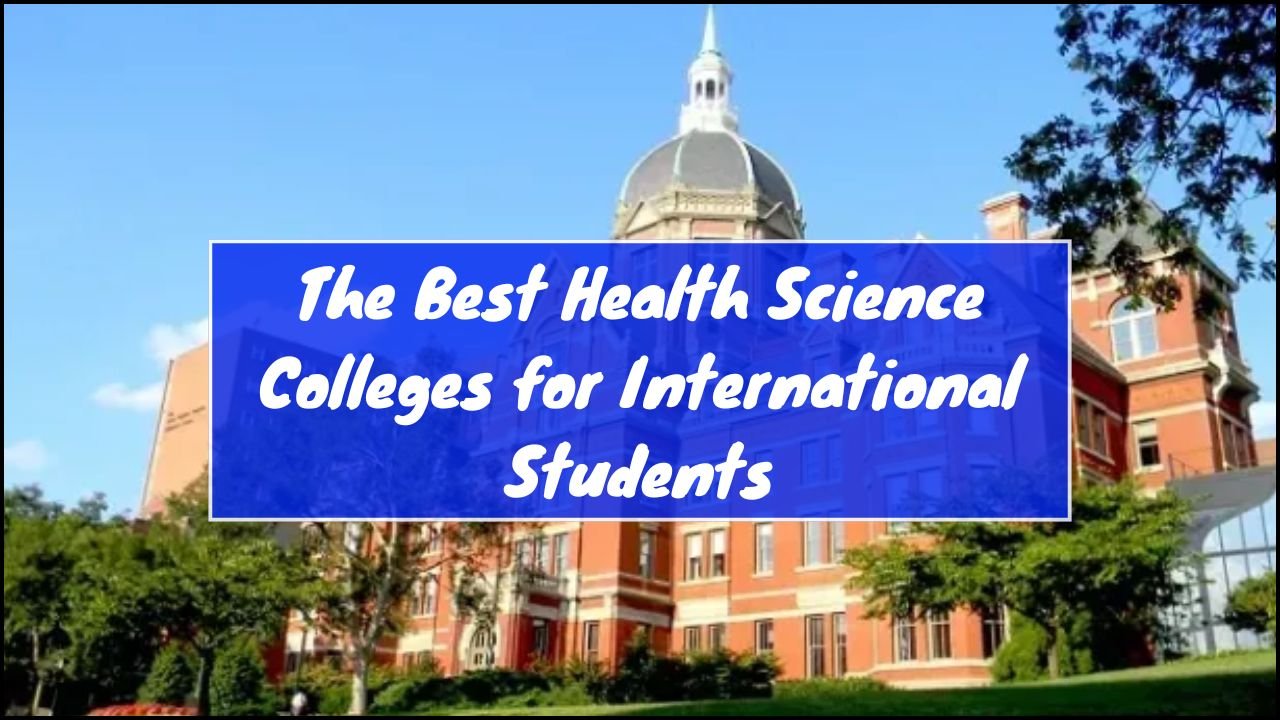
Getting into a health science college can be expensive. Tuition fees, lab charges, books, and living expenses can be a financial burden for many students. Financial aid makes education more affordable and accessible. Scholarships, grants, and loans are the three main types of financial support that help students achieve their dreams without facing major money problems. This guide explains each option in simple terms to help students and families find the best ways to pay for health science education.
Table of Contents
Types of Financial Aid
Three major types of financial aid support students in the health science college:
- Scholarships
- Grants
- Loans
Scholarships
Scholarships provide free money for college that students do not need to repay. Most scholarships are given based on academic achievement, talents, leadership skills, or specific career interests in health sciences.
Types of Scholarships:
| Type | Details |
|---|---|
| Merit-Based | Given to students with high academic performance or special talents |
| Need-Based | Awarded to students from low-income families |
| Career-Specific | Targeted to students entering fields like nursing, pharmacy, or public health |
| Minority Scholarships | Designed for students from underrepresented groups |
| Community Service | For students with strong involvement in volunteer activities |
Sources of Scholarships:
- Colleges and Universities offer their scholarship programs
- Government Scholarships, like those from state health departments or central schemes
- Private Organizations and NGOs give scholarships to students in the health field
- Professional Associations such as the American Medical Association or the Indian Nursing Council
Tips to Get Scholarships:
- Start Early: Gather information during the final year of school
- Prepare Documents: Keep academic records, recommendation letters, and personal statements ready
- Apply Widely: Send applications to many scholarship providers
- Stay Organized: Track deadlines and requirements using a spreadsheet or planner
Grants
Grants are also free money for education and do not require repayment. Most grants are based on financial need rather than academic performance.
Popular Grants for Health Science Students:
| Grant Name | Offered By | Key Features |
|---|---|---|
| Federal Pell Grant | US Federal Government | For low-income undergraduate students |
| State Government Grants | State Governments in India and the USA | Support for local students based on residence and income |
| Health Sector Grants | Health Ministries or Departments | Focus on areas like rural health or public service |
| Institutional Grants | Colleges and Universities | Based on income, sometimes combined with merit |
Steps to Apply for Grants:
- Fill Financial Aid Forms: Use national portals like FAFSA (USA) or NSP (India)
- Submit Income Proof: Provide income certificates or tax documents
- Meet Deadlines: Many grants have early closing dates
- Check College Websites: Many institutions list grant opportunities for students
Loans
Loans help cover college costs but must be repaid after graduation, usually with interest. While not free like scholarships or grants, loans offer a chance to pursue education when other funding is not enough.
Types of Education Loans:
| Loan Type | Provider | Repayment Terms |
|---|---|---|
| Federal Student Loan | Government Banks (e.g., SBI, PNB) | Lower interest, grace period after graduation |
| Private Student Loan | Private Banks or Institutions | Higher interest, stricter repayment conditions |
| Parent Loan | Taken by parents for students | Payments are adjusted based on future earnings |
| Income-Based Loan | Repayment linked to salary | Lower interest, a grace period after graduation |
Key Features to Consider:
- Interest Rate: Lower rates make loans more affordable
- Repayment Period: Longer time frames reduce the monthly burden
- Grace Period: Some loans start repayment 6–12 months after graduation
- Collateral Requirement: Larger loans may require property as security
Loan Application Checklist:
- Admission Letter from Health Science College
- Income Proof of the applicant or guardian
- Academic Records, like marksheets and certificates
- Identity and Address Proof
- Loan Application Form from the chosen bank
How to Choose the Right Aid
Students must compare options based on their needs and repayment capacity. Grants and scholarships should always be used first. Loans should be considered as the last option and only if necessary.
Comparison:
| Feature | Scholarship | Grant | Loan |
|---|---|---|---|
| Repayment | Not Required | Not Required | Required with interest |
| Eligibility | Merit, Community, Need | Mainly Based on Income | Based on Credit/Income |
| Source | Colleges, NGOs, Govt | Govt and Institutions | Banks and Lenders |
| Flexibility | High | Moderate | Low |
| Availability | Competitive | Limited | Widely Available |
Important Tips for Students and Parents
- Create a Budget: Estimate total education costs before applying for aid
- Talk to Financial Aid Officers: Every college has a department to help students with funding
- Avoid Scams: Only use trusted portals and bank links when applying for aid
- Renewal Aid Annually: Most scholarships and grants require yearly applications
- Maintain Good Grades: Some scholarships and grants continue only if academic performance is maintained
End Notes
Financial aid is the bridge between career goals and reality for students in health science fields. Scholarships and grants provide excellent support without repayment, while loans help when other aid falls short. A careful mix of these resources, along with good planning and early applications, can reduce the financial pressure of higher education. Smart financial choices open the path to success in the medical and health science world.





